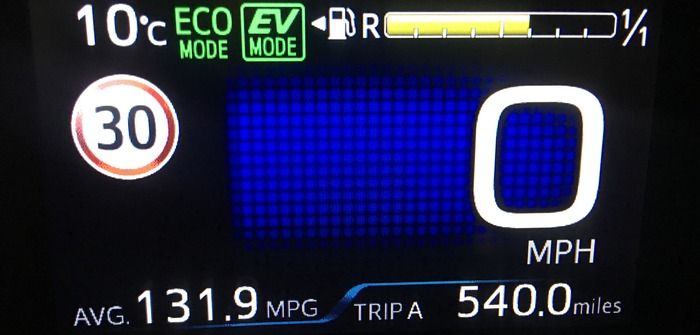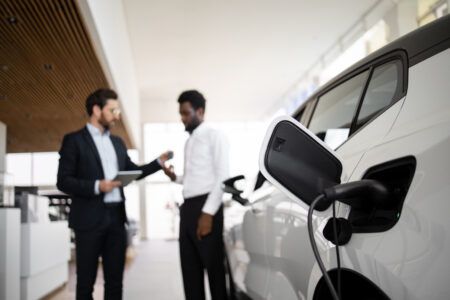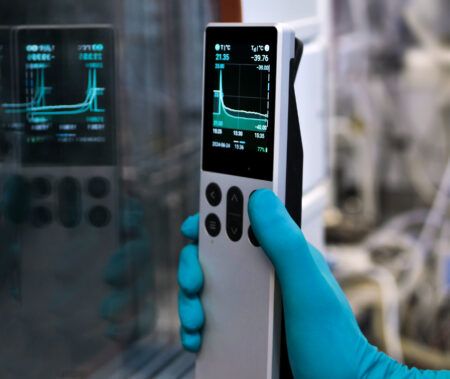As any regular driver of a pure EV knows, there are many problems with plug-in-hybrid vehicles. If you drive the best-selling Mitsubishi Outlander and charge it as often as you can, including using rapid chargers on long journeys, you can get impressively low fuel consumption for such a big vehicle. I drove an Outlander 700 miles (1,127km) and got over 90mpg (3.14 l/100km), but I was charging it as much as if I’d been driving a Nissan Leaf. I used Ecotricity rapid chargers at nearly every service area on my route, waiting for about 15 minutes at each charge. Of course, this was before Ecotricity charged for access – introduction of the Outlander was one of the reasons Ecotricity decided to start charging as, by adding CHAdeMO connectivity, Mitsubishi built a car that took advantage of a system they hadn’t invested one penny in.
I have since met many Outlander drivers who report much higher fuel consumption – around 30-35mpg (9.4-8.1 l/100km). Some of them charged their car at home every night, but were still way under the claimed figures from Mitsubishi. Two wished they’d bought a Tesla.
So when a new Toyota Prius PHEV was delivered to my house, I was a little skeptical. My wife has been driving the 2012 Prius PHEV for five years. Over the 100,000 miles (160,000km) she’s driven in the car, it’s been 100% reliable and has worked perfectly. However, it averages about 65mpg (4.35 l/100km). As many diesel drivers will happily tell you, modern diesels can achieve similar figures, and they are cheaper to buy. Sure, the Prius has lower CO2 and particulates emissions and all that, and no, the batteries won’t ‘wear out’ after three years – they will last longer than the car.
With concentrated effort, charging the plug-in Prius at every opportunity, it’s possible to reach over 90mpg (3.14 l/100km). I remember getting 93mpg on a very long drive, but I was driving like a classic hyper-miler: shoes off, super gentle acceleration, super early deceleration, heater off, during the day, in the summer.
All that said, the new Prius is a massive improvement. When the car is at my house I always charge it, and I have used two public chargers when I’ve been away from home. Both times I was at the location long enough to refill the car – it takes around two hours on a 16A outlet.
The 4.4kWh battery will power the car for 30 miles (48km), a big jump from the previous model’s 10-12 miles (16-19km).
The Prius PHEV has no rapid charge capabilities so I haven’t done the motorway charging thing. I zeroed the trip meter when I filled the tank the first time – it was the first petrol I’d bought this year, and I’d forgotten just how expensive it is – and since then I’ve kept a close eye on the trip meter and average mpg.
I have traveled 540 miles (870km), used less than half a tank, and averaged 131.9mpg (2.14 l/100km).
Just let me enjoy saying this. There isn’t a diesel that can match that. Anywhere. Ever. There never will be. I’m going to say it again – 131.9mpg over 540 miles. At this rate, I’ll get an easy 1,200 miles (1,931km) on a tank of petrol that costs in the region of £45 (US$59). Including the off-peak and solar electricity I use to charge the battery, it’s costing about 4p (US$0.05) per mile to drive. That’s a little more than a Nissan Leaf or Renault Zoe, about the same as a Tesla Model S, but massively less than any petrol or diesel car.
As for the driving experience – it’s a Prius. It gets you from A to B in comfort and safety. The model I’m driving has solar panels on the roof. When parked in the sun it can add, according to Toyota, three miles of range per day. I haven’t been able to verify that. I’ve been impressed, and as a long-time Prius driver (I got my first one back in 2005) this is a big step in the right direction.
Submitted by Robert Llewellyn, actor, writer and Electric & Hybrid Vehicle columnist





